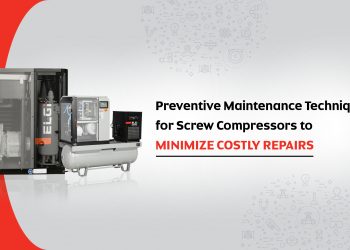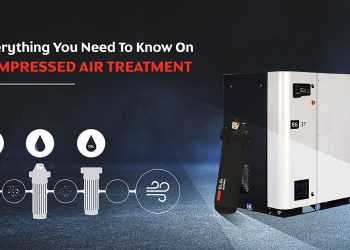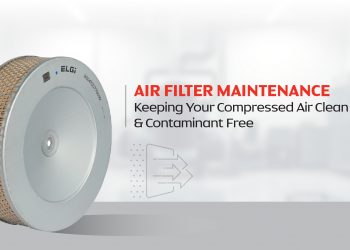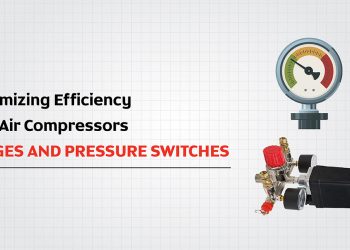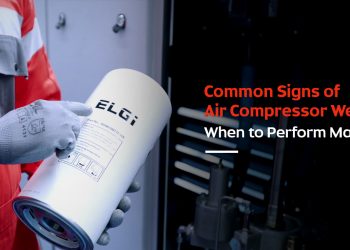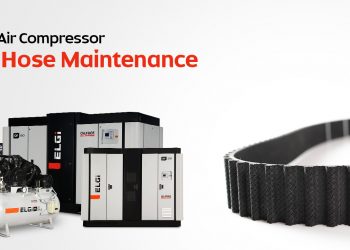Insights into Air Compressor Belt and Hose Maintenance
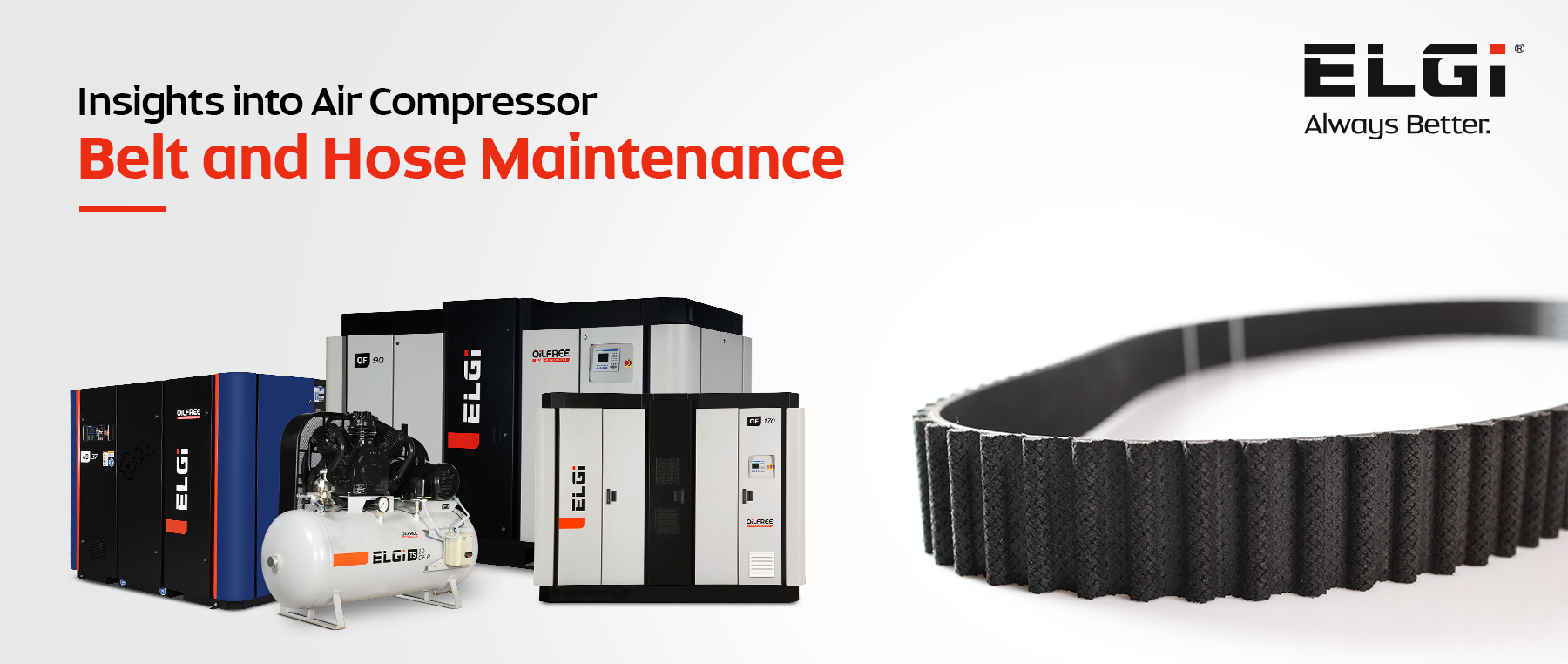
Proper maintenance of belts and hoses is essential for the efficient and reliable operation of air compressors. Neglecting maintenance can lead to performance issues, decreased productivity, and even equipment failure.
Here are some insights into belt and hose maintenance for air compressors.
Regular Inspection:
- Conduct visual inspections of belts and hoses to check for any signs of wear, damage, or leaks. Look for cracks, fraying, bulges, or loose connections.
- Inspect the entire length of the belts and hoses, including fittings and connections.
- Spotting potential issues early can prevent major problems down the line.
Belt Tension:
- Check the tension of the belts as recommended by the manufacturer.
- Proper belt tension is essential for efficient power transfer and to prevent premature wear.
- Belts that are too loose can slip, causing power transmission problems, while belts that are too tight can cause excessive stress on the components.
- Follow the manufacturer's recommendations for belt tension or use a tension gauge to ensure the correct tension.
Belt Alignment:
- Check the alignment of the belts periodically as recommended by the manufacturer.
- Ensure that the belts are properly aligned.
- Misaligned belts can lead to uneven wear, noise, and vibrations.
- Adjust the alignment as needed to keep the belts running smoothly.
- Use a straightedge or laser alignment tool to check the alignment of the pulleys and adjust as necessary.
Belt Cleaning:
- Over time, belts can accumulate dust, debris, and oil, which can damage their grip and hamper their efficiency.
- Clean the belts using a mild detergent and water.
- Avoid using solvents or harsh chemicals that can damage the belts.
- Use a soft brush or a cloth to clean the belts.
Hose Inspection:
- Check hoses for any signs of damage or leaks. Look for cracks, bulges, or soft spots that indicate weakness.
- If you find any damaged hoses, replace them immediately to prevent air leaks, which can impact the compressor's performance.
Hose Connections:
- Ensure that hose connections are tight and secure.
- Loose connections can lead to air leaks, reducing the overall efficiency of the compressor.
- Use appropriate fittings and clamps to ensure a proper seal.
Hose Protection:
- Protect hoses from physical damage and exposure to heat or chemicals.
- Use hose guards or sleeves to shield hoses from abrasion and impact.
- Route hoses away from hot surfaces and sharp edges.
Preventive Maintenance:
- Establish a preventive maintenance schedule for your air compressor, including regular belt and hose inspections.
- Follow the manufacturer's recommendations for maintenance intervals and tasks.
- Lubricate bearings, check filters, and perform other necessary maintenance procedures as per the manufacturer’s instruction.
Replacement:
- Replace belts and hoses at recommended intervals or if significant damage is found during inspection.
- Using worn-out or damaged belts and hoses can compromise the performance and safety of the compressor.
Documentation:
- Keep a maintenance log that records all inspections, repairs, and replacements.
- This log will help track the maintenance history of belts and hoses and provide valuable information for future reference.
Temperature and Environment:
- Ensure the compressor is placed in a well-ventilated area and the operating temperature is within the recommended range.
- Extreme temperatures can hamper the belts and hoses' performance and longevity.
Scheduled Maintenance:
- Follow the manufacturer's recommended maintenance schedule maintenance for your specific air compressor model.
- Regularly scheduled maintenance can prevent issues before they become severe and extend the lifespan of the belts and hoses.
- Remember that proper maintenance not only extends the life of belts and hoses but also enhances the overall performance and efficiency of your air compressor.
Keep in mind that safety should always come first when servicing air compressors. Make sure the compressor is properly shut down and all power sources are disconnected before commencing any maintenance activities.




